What Is African Cuisine? A Spicy, Savory, and Soulful Journey Across a Continent!
African cuisine isn’t just one thing. It’s not like Italian pasta or Japanese sushi — it's a continent full of flavors, cultures, spices, and stories waiting to be told. From the fiery stews of West Africa to the aromatic tagines of North Africa, each region tells its own culinary tale through spice.
Table of Contents
- Why "African Cuisine" Is a Misleading Term
- The Spice Routes: How African Flavors Spread Globally
- Spice Spotlight: Must-Try Ingredients in African Cooking
- Regional Flavor Breakdown: What You’ll Find Where
- Cooking Like a Local: Pro Tips for Making African Dishes at Home
- Common Mistakes (and How to Avoid Them)
- Fusion Frenzy: African Spices Meets Global Tastes
- Visual Comparison Table: Regional Spice Profiles
- Conclusion
Why "African Cuisine" Is a Misleading Term
Let’s start with a little myth-busting: there’s no such thing as “African cuisine” in the singular. Africa has 54 countries, over 2,000 languages, and countless tribes, each with their own food traditions. That means you're more likely to find differences between Nigerian jollof rice and Ethiopian injera than similarities.
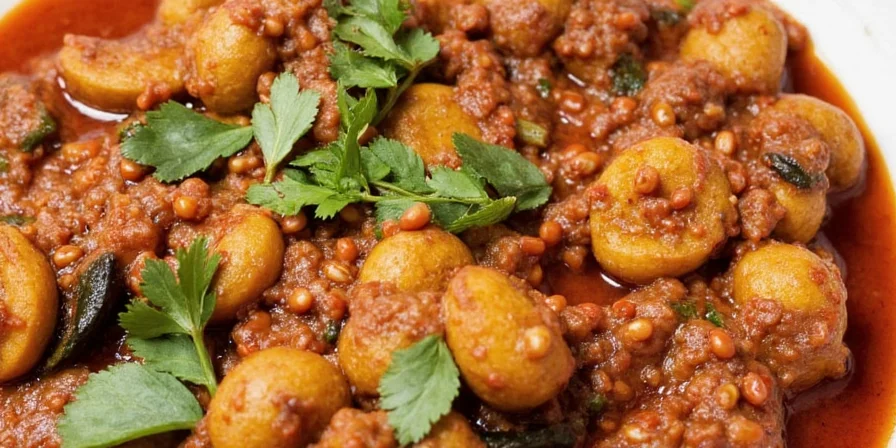
In short: calling it “African cuisine” is like calling all Asian food “chop suey.” Let’s dig deeper into what makes each region so uniquely delicious.
The Spice Routes: How African Flavors Spread Globally
Long before Instagram food trends, Africans were already trading spices along ancient routes. Berbers in Morocco traded saffron and cinnamon, while East African Swahili traders exchanged cloves from Zanzibar with Arabs and Indians. The result? A melting pot of flavor that still influences dishes worldwide.
- Moroccan ras el hanout owes its complexity to trade with the Middle East.
- Jamaican jerk seasoning? Traces its roots back to West African pepper blends.
- Harissa? Though popular in North Africa, its heat-loving relatives exist in Senegal and South Africa too.
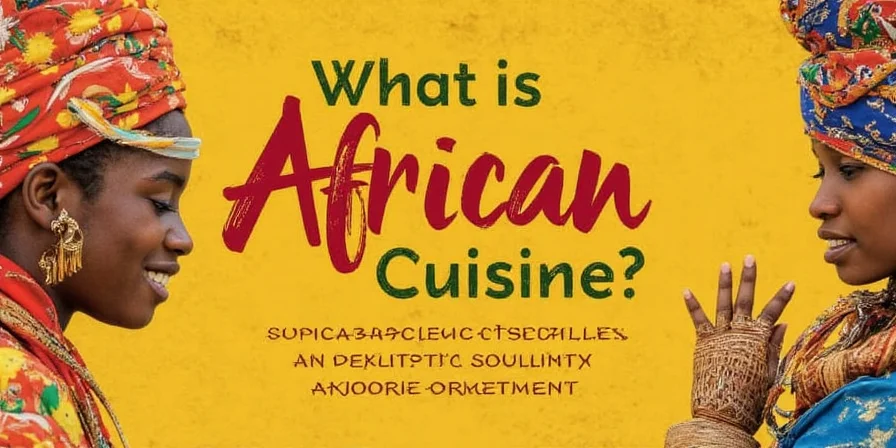
Spice Spotlight: Must-Try Ingredients in African Cooking
Ready to level up your spice rack? Here are some essential African spices you should know:
- Grains of Paradise: Often called the “African pepper,” this warm, citrusy seed adds a punch to soups and grilled meats.
- Berbera Spice Mix: Think of it as the East African version of curry powder — loaded with cumin, coriander, cardamom, and black pepper.
- Cameroon Pepper: Also known as “Calenture,” it’s smoky, spicy, and perfect for rich stews like ndolé.
- Kachumbari Spice: A fresh herb blend used in East African salads and relishes — mint, chili, lime, and cilantro come together beautifully.
- Suya Spice: The Nigerian street food staple made from groundnut, ginger, garlic, and chili — great on skewered meat or roasted veggies.
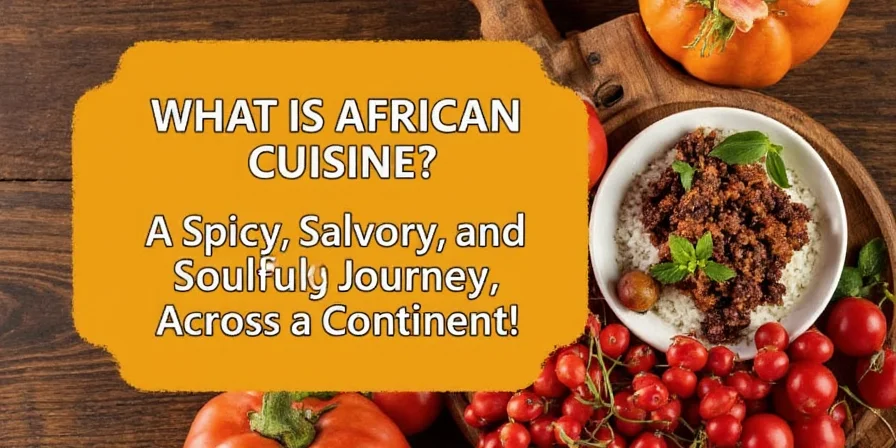
Regional Flavor Breakdown: What You’ll Find Where
Here’s a breakdown of some major African regions and their signature flavors:
- West Africa: Bold, earthy, and often peanut-based. Think jollof rice, groundnut soup, and egusi stew.
- North Africa: Fragrant, complex, and spice-forward. Tagine, couscous, and harira soup dominate here.
- East Africa: Influenced by Indian Ocean trade, with lots of coconut milk, curry powders, and fresh herbs.
- Central Africa: Simpler in preparation but big on natural flavors. Cassava leaves, plantains, and fish feature heavily.
- South Africa: A fusion haven. Malay influences, braai culture, and biltong spice blends make this region a spice lover’s dream.
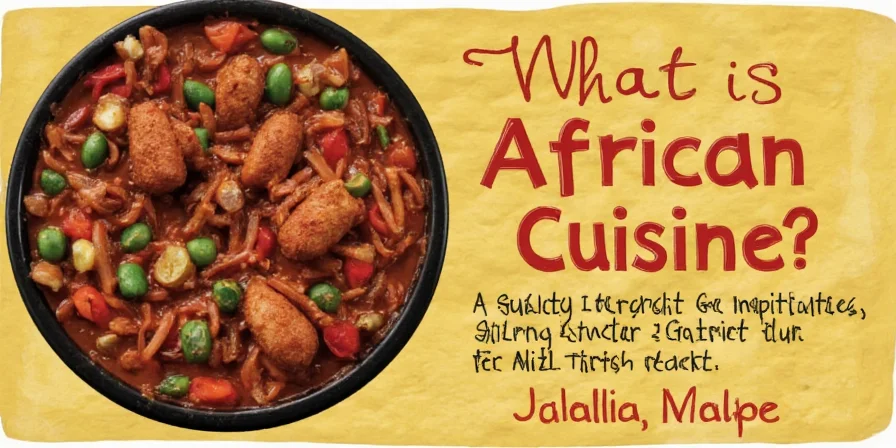
Cooking Like a Local: Pro Tips for Making African Dishes at Home
You don't need a safari hat to cook like an African pro! Here are some handy tips:
- Ditch the salt — African cooking uses spices and fermented ingredients (like shrimp paste or dried fish) for depth of flavor.
- Roast your spices first to unlock their full aroma, especially with berbere or suya spice.
- Use whole spices when possible, like bay leaves or cardamom pods, which slowly release flavor during long cooking.
- Don’t skip the oil bloom — Many dishes start with frying onions and tomatoes until caramelized before adding spices.
- Experiment with texture — Use cracked wheat, millet, or cassava flour to add a new mouthfeel to your meals.
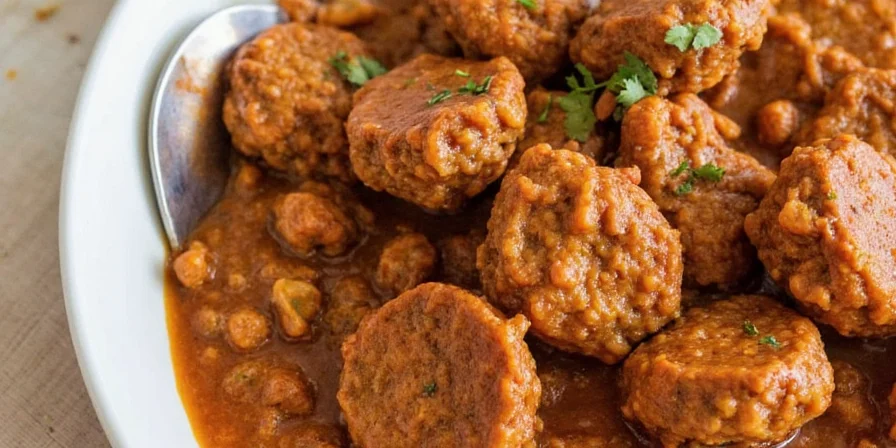
Common Mistakes (and How to Avoid Them)
Even the best chefs make mistakes — here are some common ones to dodge:
- Over-spicing — Don’t drown your dish in chili flakes; African food is about balance, not burn.
- Using generic spices — If a recipe calls for grains of paradise and you sub it with black pepper, you’re missing out on key flavor notes.
- Skipping the resting time — Many stews and curries taste better the next day. Patience pays off!
- Not tasting as you go — Especially important when using fermented or strong-flavored ingredients.
- Cooking without context — Know the culture behind the dish. It helps guide ingredient choices and techniques.
Fusion Frenzy: African Spices Meets Global Tastes
The world loves fusion, and African spices are making their way into everything from burgers to cocktails:
- Try a suya-seasoned burger patty with mango chutney.
- Add a pinch of ras el hanout to your lentil soup for an exotic twist.
- Make a kachumbari vinaigrette for salads — mint, chili, and lime are a match made in heaven.
- Spice up your popcorn with grains of paradise and smoked paprika.
- Infuse your cocktail with cameroon pepper for a unique kick — yes, even in gin!
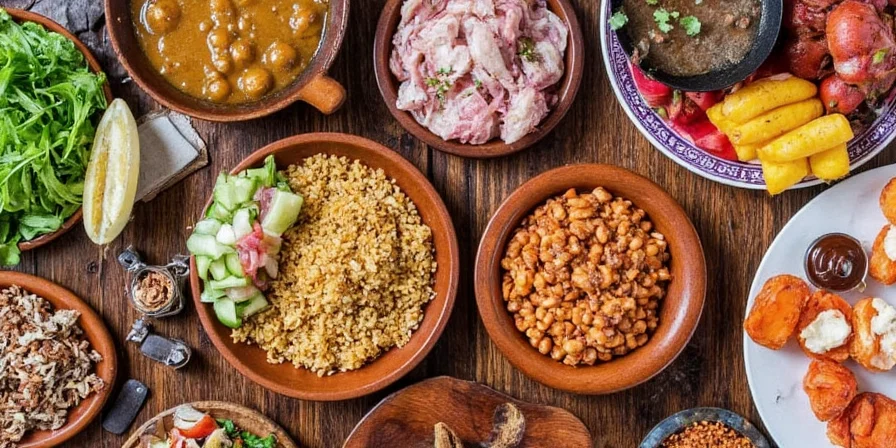
Visual Comparison Table: Regional Spice Profiles
| Region | Signature Spices | Flavor Profile | Must-Try Dish |
|---|---|---|---|
| West Africa | Peanut butter, Cameroon pepper, ginger, suya spice | Earthy, nutty, spicy | Jollof Rice |
| North Africa | Ras el hanout, cumin, turmeric, harissa | Herbal, floral, aromatic | Lamb Tagine |
| East Africa | Kachumbari mix, coconut curry, cardamom | Herbaceous, fragrant, slightly sweet | Nyama Choma with Pilau Rice |
| Central Africa | Palm nut, chili, cassava flour | Rich, bold, rustic | Moambe Chicken |
| South Africa | Biltong spices, peri-peri, Cape Malay curry | Smoky, tangy, spicy-sweet | Bobotie |
Conclusion
So what is African cuisine?
It’s a story. A celebration. A firecracker of flavor wrapped in tradition and shared joy.
Whether you’re roasting spices for a Moroccan tagine, sprinkling suya on skewers, or experimenting with kachumbari in your salad dressing — remember, you’re part of a millennia-old legacy. African food isn’t just about eating — it’s about living.
Grab your apron, gather your spices, and let’s savor the continent together — one plate at a time.

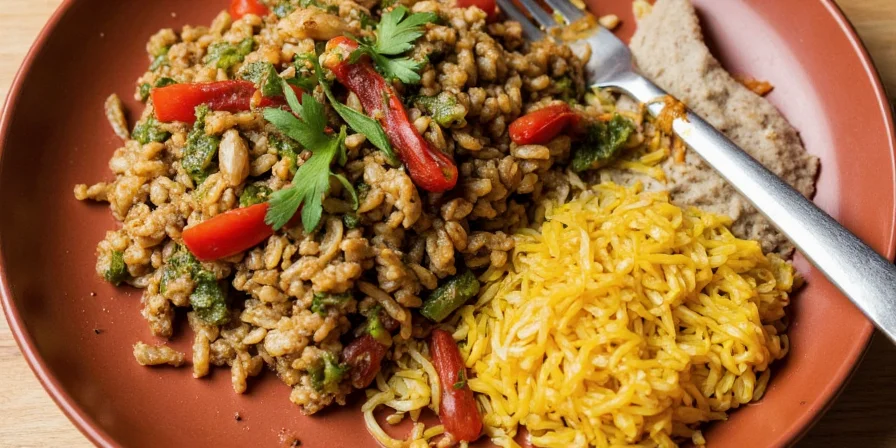









 浙公网安备
33010002000092号
浙公网安备
33010002000092号 浙B2-20120091-4
浙B2-20120091-4